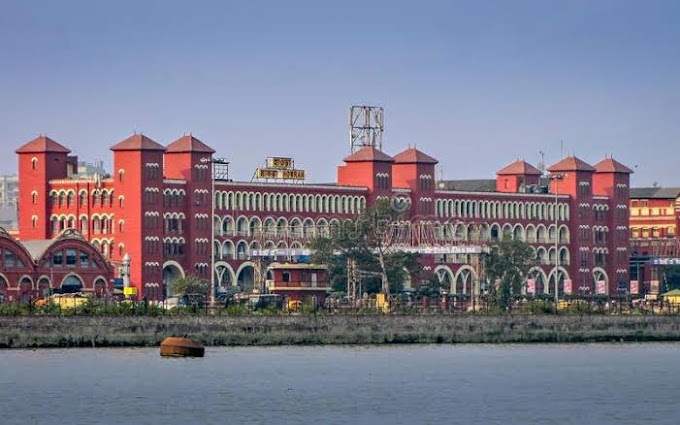Top 10 Facts About Khajuraho Group Of Monuments
Here is the Top 10 Facts About Khajuraho Group of Monuments
1. Khajuraho is a group of Hindu and Jain temples located in the Chhatarpur district of Madhya Pradesh, India. The temples were built between 950 and 1050 AD during the Chandela dynasty.
2. The Khajuraho temples are known for their intricate carvings depicting various scenes from Hindu mythology, as well as sensual and erotic art.
3. The Khajuraho group of temples is a UNESCO World Heritage Site and is considered one of the finest examples of Indian art and architecture.
4. The temples are divided into three groups: the Western Group, the Eastern Group, and the Southern Group. The Western Group is the largest and most famous, containing the most well-known temples, such as the Kandariya Mahadeva temple.
5. The Kandariya Mahadeva temple is the largest and most ornate temple in the Khajuraho group. It is dedicated to Lord Shiva and is considered one of the best examples of temple architecture in India.
6. The temples were built using sandstone and the carvings were done using a combination of hammer and chisel and a technique known as "sponging".
7. The erotic sculptures found on the temples are not simply for sexual gratification, but are a reflection of the ancient Indian belief that sex was a sacred and natural act.
8. The temples were rediscovered in the 19th century by a British army engineer, T.S. Burt, and were later restored and conserved by the Archaeological Survey of India.
9. The Khajuraho Dance Festival, held annually in February, is a celebration of Indian classical dance and music, and is a major tourist attraction.
10. The Khajuraho group of temples attracts visitors from all over the world and is a popular destination for those interested in Indian history, art, and culture.
The Khajuraho temples were built over a span of about 200 years, from the 9th to the 11th century, during the reign of the Chandela dynasty.
There were originally 85 temples in Khajuraho, but only 22 have survived to the present day.
The temples were built on a high platform to protect them from floods, which were common in the area during the monsoon season.
The architecture of the temples is a combination of Nagara style (north Indian) and Dravidian style (south Indian) with some Buddhist and Jain influences.
The Khajuraho temples were abandoned by the Chandela dynasty in the 13th century, and the site was largely forgotten until the 19th century.
The name "Khajuraho" is derived from the Sanskrit words "kharjur" (date palm) and "vahaka" (bearer), referring to the legend that two date palm trees once stood at the entrance of the temples..The temples were originally covered in white plaster, which was painted to enhance the carvings. The plaster has since worn away, leaving the sandstone carvings exposed..The Khajuraho group of temples is notable for its depiction of women, who are portrayed as strong, confident, and independent..
The temples have been the subject of controversy due to the erotic nature of some of the sculptures. However, it is believed that the erotic art was not meant to be seen by everyone, but rather to serve as a reminder of the importance of sexual pleasure within the context of married life..The Khajuraho group of temples is an important example of the cultural fusion that took place in India during the medieval period, with influences from Hindu, Buddhist, and Jain traditions.












